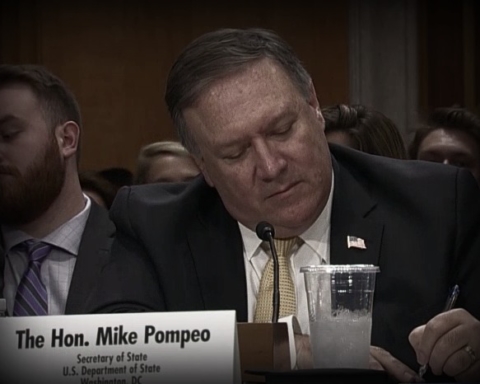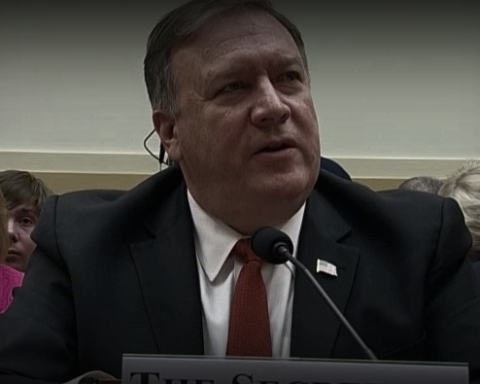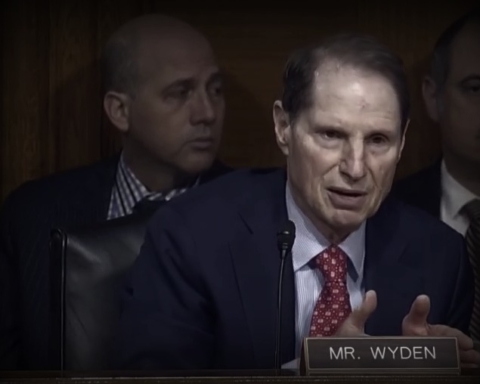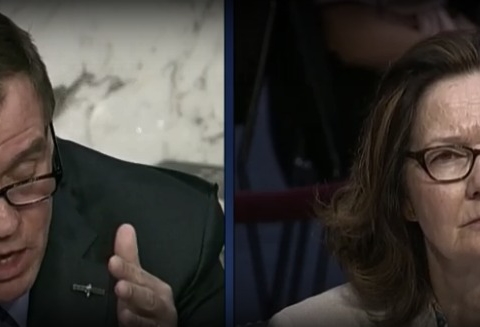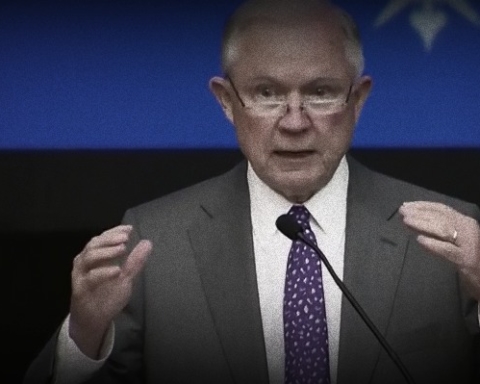The Transportation Security Administration (TSA) lacks data to demonstrate the effectiveness of several airport security measures adopted following the September 11, 2001 attacks.
A report released Monday by the Government Accountability Office (GAO) concluded that the agency “does not have a complete understanding” of just how effective the billions of dollars spent on new security programs are in detecting and disrupting air travel threats.
Although agency officials cited the lack of a major terrorist attack aboard a US airliner as proof of worth of these countermeasures, the GAO was disappointed with TSA’s lack of empirical data to justify the costly security infrastructure.
“In the absence of any systematic or methodological approach to assessing TSA’s deterrent value, TSA officials have relied on theories of causality and limited evidence available from US intelligence sources,” the report stated.
The oversight body examined six specific security programs adopted after 9/11. The review included fortifications made to passenger prescreening, airport checkpoint procedures, checked baggage inspections, bomb-detecting canines, behavioral analysis, and the US Federal Air Marshal Service (FAMS).
GAO noted that a TSA internal review in 2015 provided “mixed results” on the effectiveness of these airport security trappings.
The watchdog specifically cited classified information not included in the prior report about covert testing conducted by the TSA’s Office of Inspection, which found weaknesses in the checked baggage screening systems.
During that 2015 review, TSA didn’t document any sort of effectiveness data on two of the programs in particular: FAMS and behavioral detection.
“FAMS officials explained that they do not have information on FAMS’s deterrent effect because it is difficult to model, measure, and quantify,” GAO stated.
The report went on to note, however, that the lack of data could leave key questions about the program unanswered.
“There may be a point at which adding additional federal air marshals has diminishing returns in terms of deterrence and better understanding FAMS’s deterrent effect could help TSA identify that point,” the oversight body said.
In July of this year, GAO devoted an entire audit to the TSA’s passenger behavioral detection programs, which the watchdog concluded were based on invalid evidence. Under pressure from GAO, TSA has moved to cut finding for most of its behavioral detection activities.
GAO recommended that TSA explore ways to assess the deterrent value of its security programs. It also called on the transportation agency to conduct cost and effectiveness studies on its countermeasures.
“It is essential that TSA determine how to allocate its finite resources to best position the agency to detect, disrupt and deter threats to aviation security,” GAO urged.
The Department of Homeland Security concurred with both recommendations.

